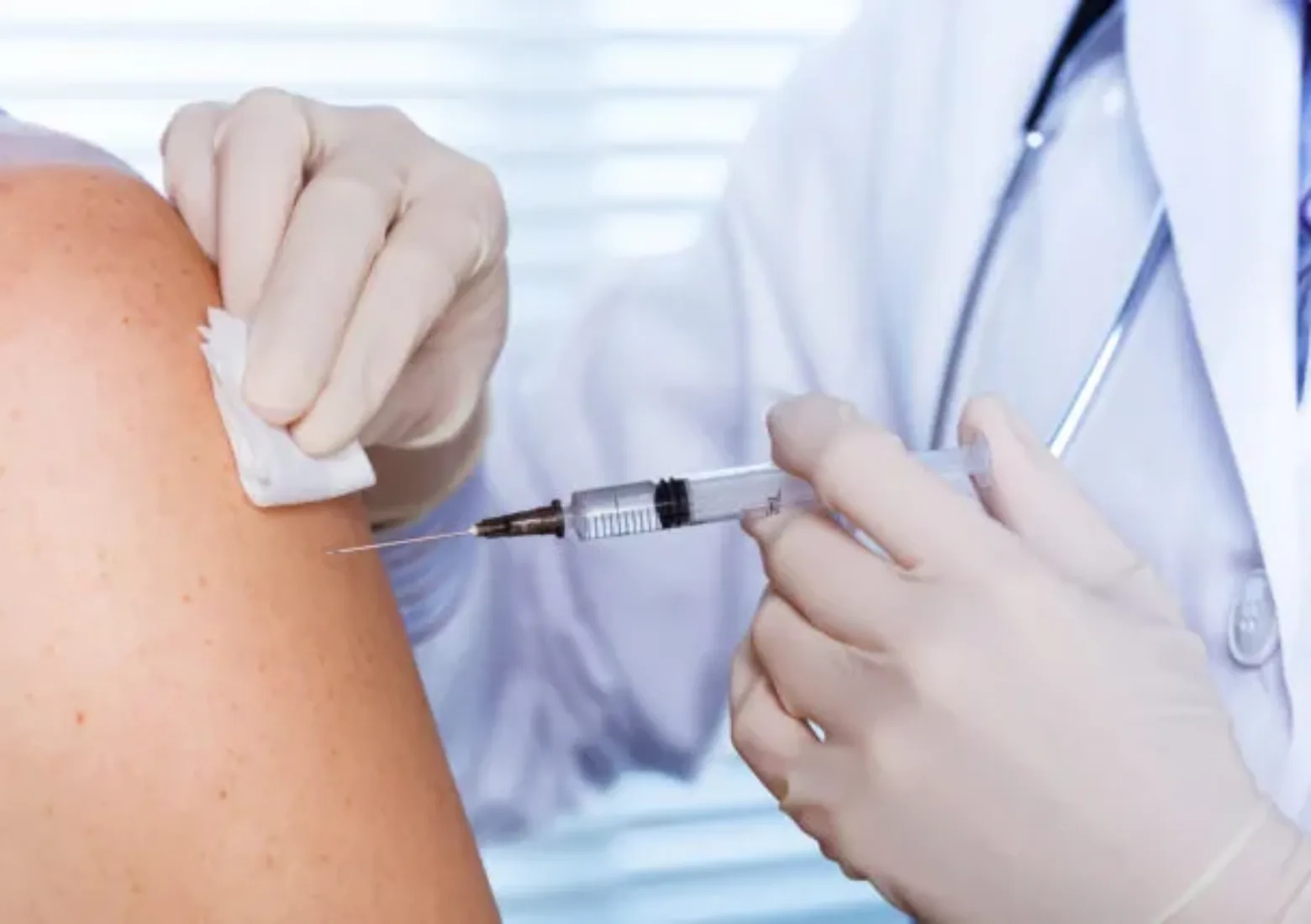The Shot that Can Save Your Season
October 30 • 2017

Autumn is finally here! That means cooler weather, pumpkin-spiced treats, and loads of football!
But fall also means the start to the flu season, which can put more than a little damper on our festivities.
Influenza, most commonly known as the flu, is one of the deadliest illnesses that comes back every year. You’re probably all too familiar with the details, but let’s start with a quick refresher.
Symptoms can seem sudden and include (but not limited to) fever, chills, coughing, sore throat, aches, headache, and fatigue. The influenza virus consists of two dominant strains, creatively named A and B. It spreads through infected respiratory droplets, which can be shared through sneezing or coughing. Patients typically don’t feel symptoms until a day or more after they’ve been infected, which makes it easier to transmit. Although many of us deal with the flu without a hitch, there are risk factors that can make it a much more dangerous condition– including age, a patient’s health, or previous, chronic conditions (i.e. asthma). The other horrible trait of Influenza? It can change genetically, which means every year we need to figure out how to deal with a new strain.
But have no fear, we have a great advocate on our side– the flu shot.
The influenza vaccine was created in 1938 by Jonas Salk and Thomas Francis. The U.S. military was the first to receive the shot during World War II, and of course, it had its’ side effects. These side effects included fever, aches, and fatigue, which were similar to flu symptoms. Many people began to believe that the vaccination was the flu itself being injected into them. However, this was not the case, as the flu’s symptoms are more severe and last longer.
Flu vaccinations are made up of antibodies that develop two weeks after its administration. After those two weeks, the antibodies spread and create a barrier from within your body. As a method of preventative care, communities are encouraged to visit their local clinics for the flu vaccine well before the beginning of the flu season. Â And every year, the administered version of the flu shot is updated to fight against the current strain for the year. This is why it’s imperative to get the shot every year – it may not guarantee immunity the following season. Not only does the vaccine save you from the horrendous onslaughts of aches, pains, and a myriad of heavy coughing and/or sneezing, it very well may save your life.
According to the Center for Disease Control, the flu season commences in the Fall and Winter. The peak season typically occurs late November until March. It has been advised that everyone who is eligible to receive the vaccine should get it before the season or before its peak. Between 5 to 20 percent of the U.S. populace is reportedly infected with the flu every year, with an average of 200,000 hospitalized. However, the most staggering of these figures is the 3,000 to 49,000 people who die each year from flu-related illnesses every year.
Fortunately, the flu shot is really easy to get. There are two ways the vaccine can be administered: the old-fashioned injectable way or through a nasal spray. The vaccine is given to patients at least six months of age and older and is particularly important for those with chronic conditions or are on certain medications, as their immune system may be compromised.
Another great way to avoid the flu (especially for those who aren’t able to receive the vaccine) is to avoid close contact with those who are infected since the transmission can occur without your knowledge. Stay home if you’re ill–you can increase your chances of being infected or infecting others if you’re out and about. Also, be sure to consume vegetables and fruits that boost the immune system.
The flu shot is just one part of a comprehensive preventative care plan designed to keep you and your family healthy. For more information, contact your nearest Aylo Health office. And while you’re at it, schedule your appointment to get a flu shot– and give yourself the best chance of enjoying the Fall season.